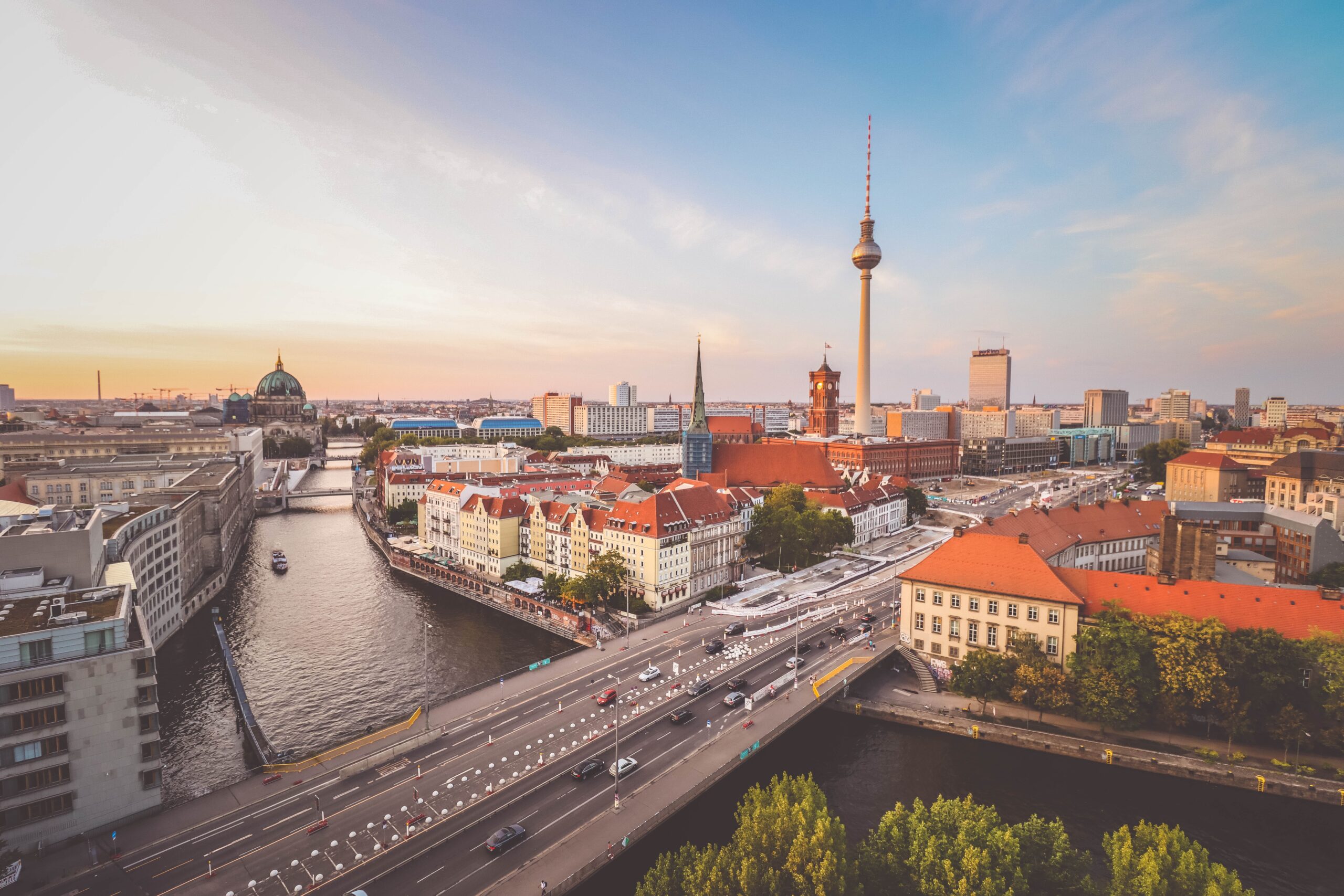Central European nation, officially known as the Federal Republic of Germany. It has the second-highest population in Europe, behind Russia, and is the most populous EU member. Nearly 84 million people live in Germany’s 16 constituent states, which span a land area of 357,022 square kilometres (137,847 sq. mi) between the Baltic and North Seas to the north and the Alps to the south. To the north of Germany is Denmark, to the east is Poland and the Czech Republic, to the south is Austria, and to the west is France, Luxembourg, Belgium, and the Netherlands. Berlin, the country’s capital and most populous city, and Frankfurt, its financial centre, Ruhr make up the largest urban area.
With the largest economy in Europe, the fourth-largest nominal GDP, and the fifth-largest PPP, Germany is a major power with a robust economy. It is the third-largest exporter and importer of goods in the world and a leader in several industrial, scientific, and technological fields. It offers social security and a universal health care system, environmental protections, and a tuition-free university education, and it is ranked as the sixteenth-most peaceful nation in the world as a result of its high level of development and ninth place on the Human Development Index.
The majority of Germany has a temperate climate, which ranges from continental in the east and southeast to oceanic in the north. Summers can range from hot and dry to cool and rainy, while winters range from frigid in the Southern Alps to cool and are typically gloomy with little precipitation. Westerly winds dominate in the north, bringing moist air from the North Sea that lowers temperatures and increases precipitation. On the other hand, temperatures in the southeast are more extreme.
There are five terrestrial ecoregions that makeup Germany’s territory: the Atlantic mixed forests, Baltic mixed forests, Central European mixed forests, Western European broadleaf forests, and Alps conifer and mixed forests. As of 2016, 51% of Germany’s land area was used for agriculture, 30% was forested, and 14% was occupied by settlements or other infrastructure.
Animals and plants that are often found in Central Europe are included. The National Forest Inventory states that beech, oak, and other deciduous trees make up a little over 40% of forests, while conifers, mainly spruce and pine, make up around 60% of them. There are several types of ferns, flowers, mushrooms, and mosses. The blue cornflower was previously a German national emblem. Other wild creatures in the area include roe deer, wild boar, mouflon (a subspecies of wild sheep), fox, badger, hare, and tiny quantities of the Eurasian beaver.
Germany has 16 national parks, including the Jasmund National Park, Vorpommern Lagoon Area National Park, Müritz National Park, Wadden Sea National Parks, Harz National Park, Hainich National Park, Black Forest National Park, Saxon Switzerland National Park, Bavarian Forest National Park, and Berchtesgaden National Park. There are also 17 Biosphere Reserves, 105 nature parks, and more than 400 zoos and animal parks.



Leave a Reply